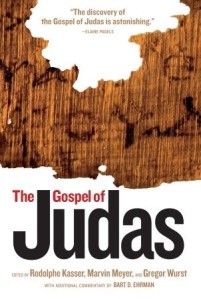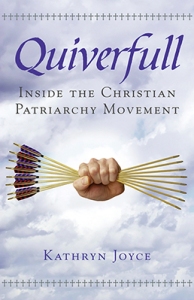Title: The Teaching of Buddha
Author: Bukkyo Dendo Kyokai (Society for the Promotion of Buddhism)
Genre: Religion
Trigger Warnings: Death, drowning, fire, blood, discussions of suffering and poverty
Back Cover:
The Teaching of Buddha is a collection of writings on the essence of Buddhism, selected and edited from the vast Buddhist canon, presented in a concise, easy-to-read, and nonsectarian format. It also includes a brief history of Buddhism, a listing of the source texts, a glossary of Sanskrit terms, and an index.
Review:
I’ve heard many, many times about Buddhism that “it’s more a philosophy than a religion.” And what I found out about it from the internet was very much based on the philosophy. But reading this book – condensed by Buddhists from the Buddhist source texts – made it clear that Buddhism is very much a religion.
To be fair, this isn’t a comprehensive overview of anything, just a selection of the source texts, paraphrased and explained. This book is meant to be read by and make sense to people who don’t know anything about Buddhism and don’t have a Buddhist teacher to explain things. So I know it’s a simplified version and missing a lot of the nuance. But it does cover the basic principles and establishes the character of the Buddha, the Buddha’s teachings, how to practice Buddhism, and what the “brotherhood” (a.k.a. Buddhist community) should look like.
I had thought with Buddhism that anyone could become a Buddha by becoming enlightened, but it seems from this book that everyone’s goal is to reach Enlightenment, but there is only one Buddha, the Buddha, the central figure of the religion. (Or maybe a small number of “major” Buddhas that are the central figures? There’s several different Buddhas named but at least two of them are just different names for the original Buddha, so I’m not sure.)
Buddhism apparently also falls into what I see as the major drawback of many religions (at least Christianity, which is my main area of experience) – the essence of the religion is that humans are by nature bad/sinful/evil/whatever and need to follow this teaching to be good/get saved/reach Enlightenment/etc. Like a lot of religions, it demands that you put its teachings above everything else in your life. Buddhism especially demands you keep a tight control on your mind and thoughts and emotions, avoid feeling things in general (“when one no longer discriminates between happiness and sorrow, a good deed and a bad deed, one is able to realize freedom,” page 191), and even though doing good for others is important, a Buddhist should focus on Enlightenment and forgo any attachment to the material world.
I did find it interesting that Buddhism also seems to have a concept of a Heaven and a Hell – at least, a post-death place where people get punished and Buddha’s Land where everything is perfect and Buddhists (or maybe Enlightened people?) go when they die.
Buddhism also has one teaching that I vehemently disagree with – the idea that if you’re suffering abuse, you should just continue to suffer because religion. On pages 122-123 there is a story of Buddha and some disciples coming to a town where the people abused them and they had a hard time begging enough to eat. One of the disciples suggested they leave because, you know, they’re being abused, but Buddha said it was better for them to stay there and “bear the abuse patiently until it ceases,” and then they could leave.
That’s not to say all of it is bad. There’s a lot of genuinely interesting teachings here, and a lot of emphasis on compassion, caring for others and nature, and taking care of the poor and the sick. The parables and allegories were interesting, too, and I liked that they had explanations/interpretations along with them (some of them were obvious, but some of them I would have never figured out). I learned a lot about Buddhism and I’m glad I read this, but with as much as I’ve heard that Buddhism is more philosophy than religion, I was surprised by how religion-like it actually is.





